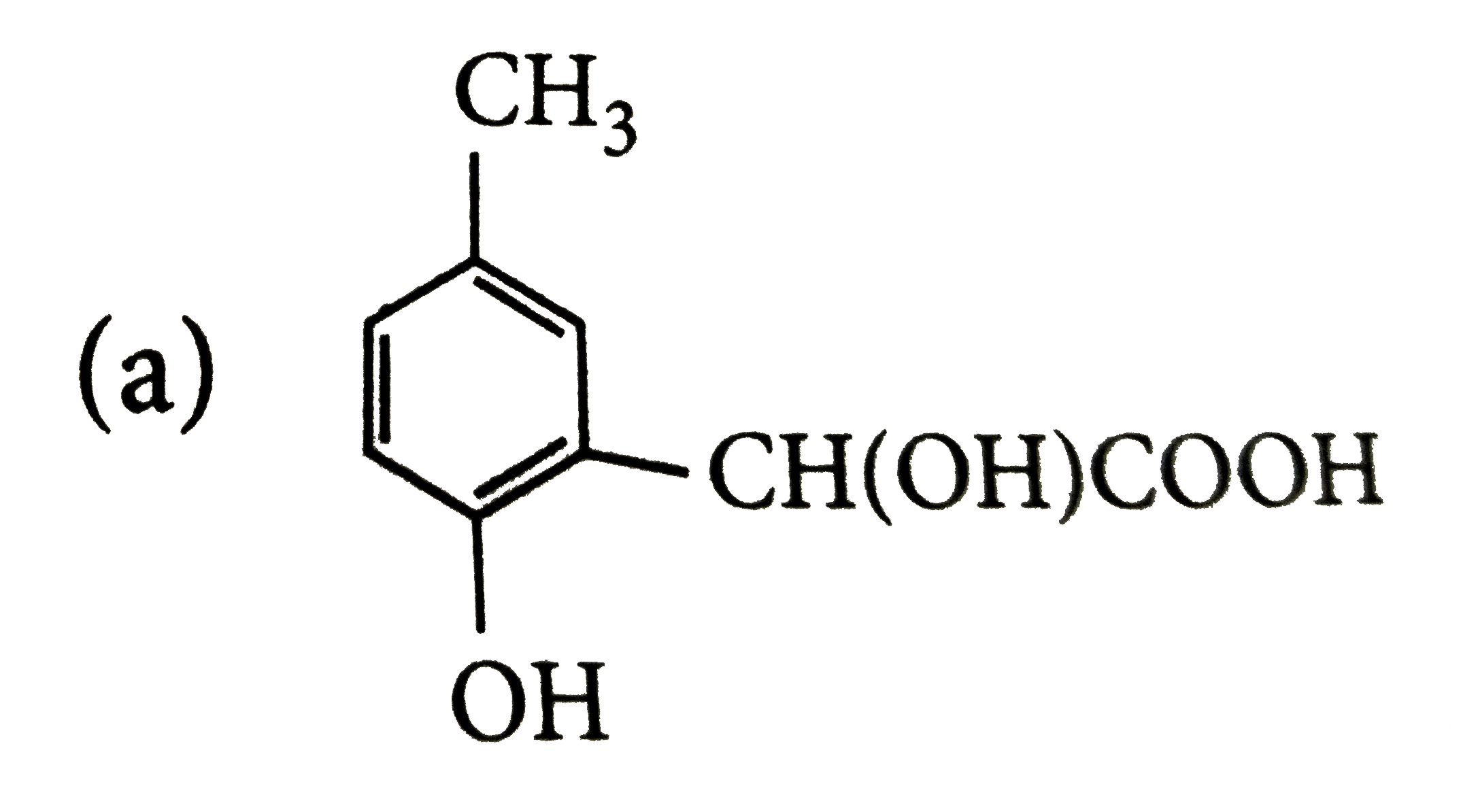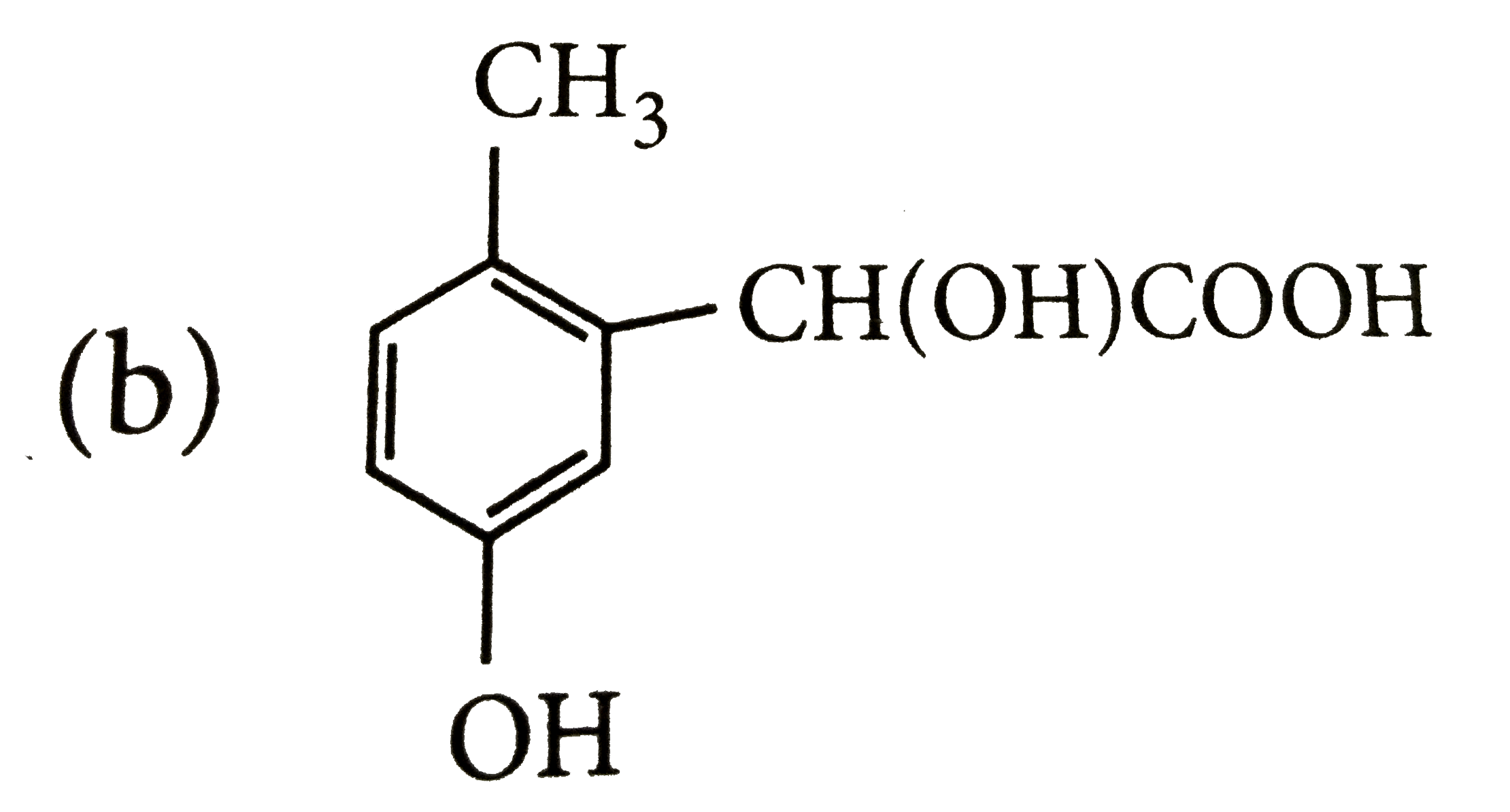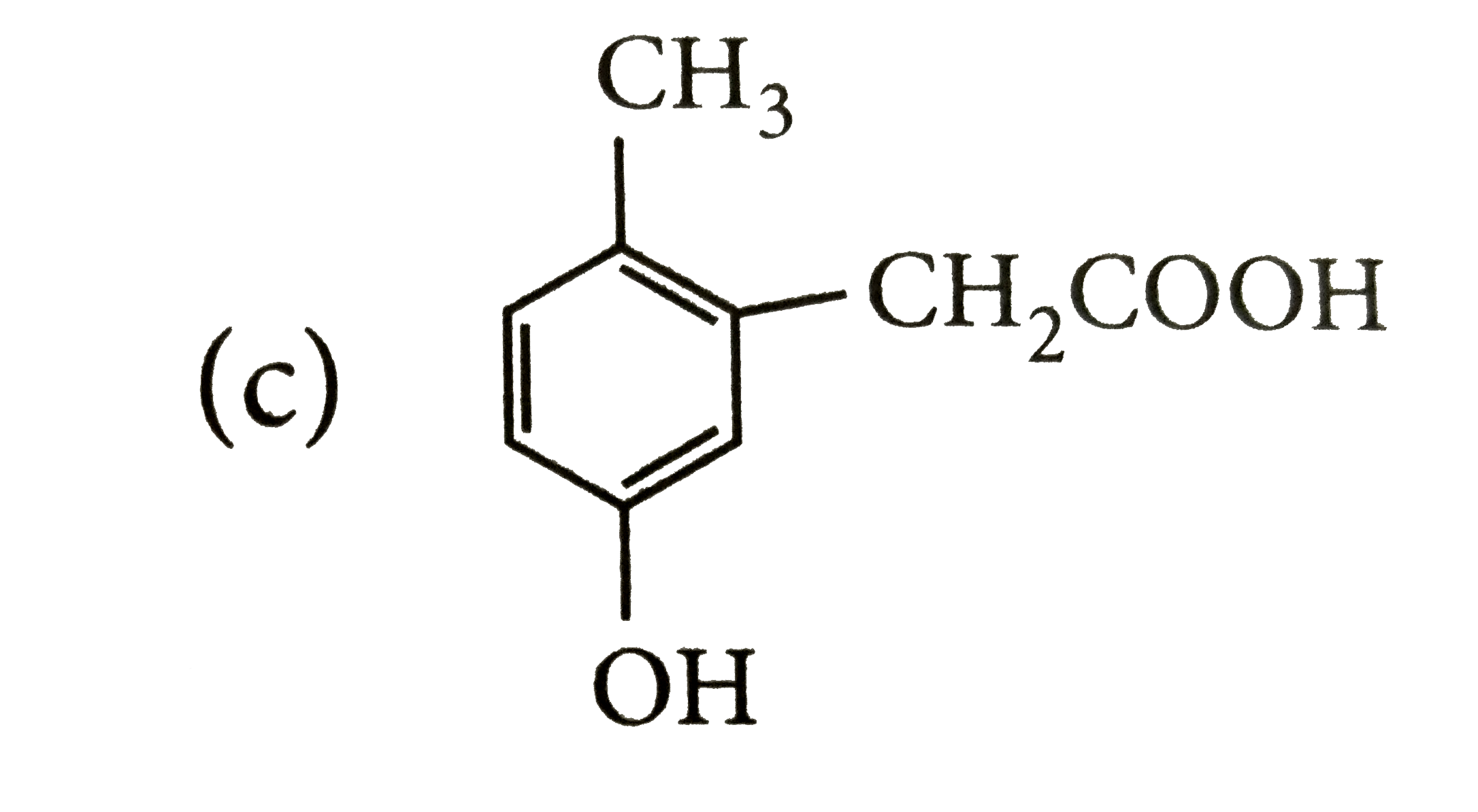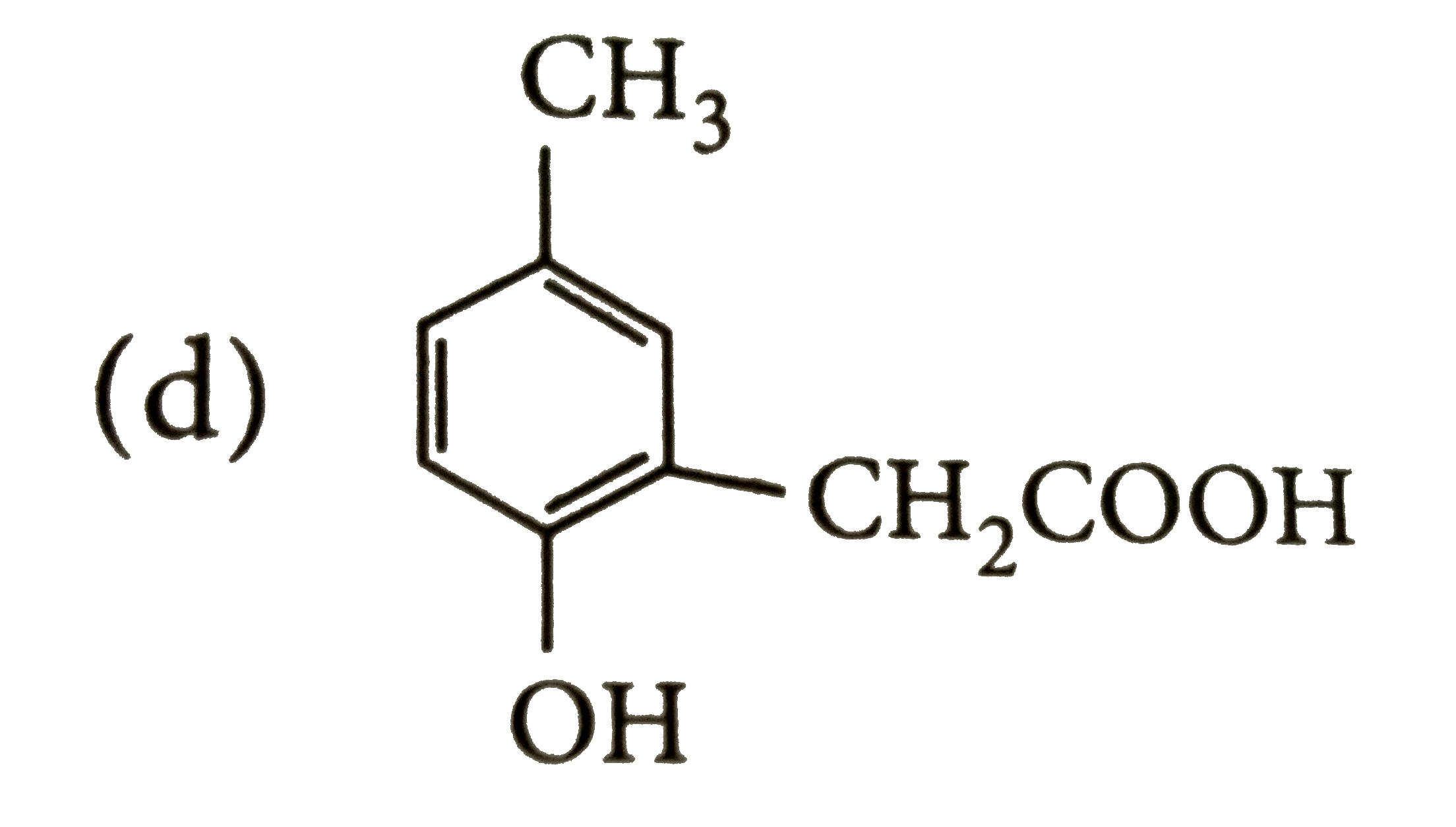An alkyne with five carbon atoms per molecule when passed through dilute sulphuric acid containing mercuric sulphate gives a compound which forms an oxime but has no effect on Fehling's solution. The compound on oxidation gives dimethyl acetic acid. It reacts with sodamide to form a hydrocarbon. What is the structure of the alkyne ?
To solve the problem step by step, we will analyze the information given in the question and derive the structure of the alkyne.
Step 1: Identify the Alkyne
We know that the alkyne has five carbon atoms. The general formula for an alkyne is CnH2n-2. For n = 5, the formula becomes C5H8.
Step 2: Reaction with Dilute Sulfuric Acid and Mercuric Sulfate
When an alkyne reacts with dilute sulfuric acid (H2SO4) in the presence of mercuric sulfate (HgSO4), it undergoes hydration to form a ketone. The product must be a ketone because the alkyne has five carbon atoms.
Step 3: Determine the Structure of the Ketone
The product of the hydration of the alkyne should be a ketone with five carbon atoms. A suitable alkyne that fits this description is 2-pentyne (CH3C≡CCH2CH3). When it reacts with H2SO4 and HgSO4, it forms 3-pentanone (CH3C(=O)CH2CH3).
Step 4: Formation of Oxime
The ketone (3-pentanone) can react with hydroxylamine (NH2OH) to form an oxime. The structure of the oxime would be CH3C(=NOH)CH2CH3.
Step 5: No Effect on Fehling's Solution
The ketone formed (3-pentanone) does not reduce Fehling's solution, which is consistent with the fact that ketones generally do not react with Fehling's solution.
Step 6: Oxidation to Dimethyl Acetic Acid
The question states that upon oxidation, the compound gives dimethyl acetic acid. This is consistent with the oxidation of 3-pentanone, which can yield acetic acid and other products, but we need to clarify that dimethyl acetic acid (2-methylpropanoic acid) can be formed from the oxidation of 3-pentanone under certain conditions.
Step 7: Reaction with Sodamide
The ketone can react with sodamide (NaNH2) to form an alkyne again. This indicates that the compound can undergo deprotonation and form a new hydrocarbon.
Conclusion
Based on the above steps, the structure of the alkyne is 2-pentyne (CH3C≡CCH2CH3).
Final Answer
The structure of the alkyne is 2-pentyne (CH3C≡CCH2CH3).
We know that the alkyne has five carbon atoms. The general formula for an alkyne is CnH2n-2. For n = 5, the formula becomes C5H8.
When an alkyne reacts with dilute sulfuric acid (H2SO4) in the presence of mercuric sulfate (HgSO4), it undergoes hydration to form a ketone. The product must be a ketone because the alkyne has five carbon atoms.
The product of the hydration of the alkyne should be a ketone with five carbon atoms. A suitable alkyne that fits this description is 2-pentyne (CH3C≡CCH2CH3). When it reacts with H2SO4 and HgSO4, it forms 3-pentanone (CH3C(=O)CH2CH3).
The ketone (3-pentanone) can react with hydroxylamine (NH2OH) to form an oxime. The structure of the oxime would be CH3C(=NOH)CH2CH3.
The ketone formed (3-pentanone) does not reduce Fehling's solution, which is consistent with the fact that ketones generally do not react with Fehling's solution.
The question states that upon oxidation, the compound gives dimethyl acetic acid. This is consistent with the oxidation of 3-pentanone, which can yield acetic acid and other products, but we need to clarify that dimethyl acetic acid (2-methylpropanoic acid) can be formed from the oxidation of 3-pentanone under certain conditions.
The ketone can react with sodamide (NaNH2) to form an alkyne again. This indicates that the compound can undergo deprotonation and form a new hydrocarbon.
Based on the above steps, the structure of the alkyne is 2-pentyne (CH3C≡CCH2CH3).
The structure of the alkyne is 2-pentyne (CH3C≡CCH2CH3).
Topper's Solved these Questions
- ALIPHATIC AND AROMATIC ALDEHYDES AND KETONESBOOK - CENGAGE CHEMISTRY ENGLISHCHAPTER - ALIPHATIC AND AROMATIC ALDEHYDES AND KETONESEXERCISE - Exercises Concept Application
20 Videos
- ALIPHATIC AND AROMATIC ALDEHYDES AND KETONESBOOK - CENGAGE CHEMISTRY ENGLISHCHAPTER - ALIPHATIC AND AROMATIC ALDEHYDES AND KETONESEXERCISE - Exercises Linked Comprehension
59 Videos
- ALIPHATIC AND AROMATIC ALDEHYDES AND KETONESBOOK - CENGAGE CHEMISTRY ENGLISHCHAPTER - ALIPHATIC AND AROMATIC ALDEHYDES AND KETONESEXERCISE - Solved Examples
13 Videos
- ALCOHOL,PHENOL AND ETHERSBOOK - CENGAGE CHEMISTRY ENGLISHCHAPTER - ALCOHOL,PHENOL AND ETHERSEXERCISE - Archives Analytical And Descriptive
15 Videos
- APPENDIX INORGANIC VOLUME 2BOOK - CENGAGE CHEMISTRY ENGLISHCHAPTER - APPENDIX INORGANIC VOLUME 2EXERCISE - Short Answer Type
179 Videos
Similar Questions
Identify the anion present in the following compounds:
i] Compound X on heating with copper turnings & conc. sulphuric acid liberates a reddish brown gas.
ii] When a solution of compound Y is treated with silver nitrate solution a white precipitate is obtained which is soluble in excess of ammonium hydroxide solution.
iii] Compound Z which on reacting with dilute sulphuric acid liberates a gas which turns lime water milky, but the gas has no effect on acidified potassium dichromate solution.
iv] Compound L on reacting with barium chloride solution gives a white precipitate insoluble in dilute hydrochloric acid or dilute nitric acid.
View SolutionIdentify the anion present in the following compounds : Compound Z which on reacting with dilute sulphuric acid liberates a gas which turns lime water milky, but the gas has no effect on acidified potassium dichromate solution.
View Solution
Knowledge Check
p-cresol reacts with chloroform in alkaline medium to give the compound A which adds hydrogen cyanide to form, the compound B. the latter on acidic hydrolysis gives chiral caboxylic acid. The structure of the carboxylic acid is
A B
B C
C D
D
1,4-Pentadiene reacts with excess of HCl in the presence of benzoyl peroxide to give compound X, which upon reaction with excess of Mg in dry ether forms Y. Compound Y on treatment with ethyl acelate followed by treatment with dilute acid yields Z. Identify the structure of componds. X,Y and Z.
View SolutionA carbonyl compound gives a positive lodoform test but but does
not reduce Tollen's reagent or Fehling's solution. It forms a cyanohydrin with HCN, which on hydrolysis gives a hydroxy acid
with a methyl side chain. The compound :-
View SolutionAn organic compound contains 69.77% carbon. 11.63% hydrogen and rest oxygen. The molecular mass of the compound is 86. It does not reduce Tollens' reagent but forms an addition compound with sodium hydrogensulfite and gives positive iodoform test. On vigorous oxidation, it gives ethanoic acid and propanoic acid. Write the structure of the compound.
View SolutionAn organic compound contains 69.77% carbon. 11.63% hydrogen and rest oxygen. The molecular mass of the compound is 86. It does not reduce Tollens' reagent but forms an addition compound with sodium hydrogensulfite and gives positive iodoform test. On vigorous oxidation, it gives ethanoic acid and propanoic acid. Write the structure of the compound.
View Solution(a) Give chemical tests to distinguish between compounds in the following pairs of substances ,
(i) Ethanal and Propanal
(ii) Benzoic acid and Ethyl benzoate
(b) An organic compound contains 69.77% carbon , 11.63% hydrogen and rest oxygen . The molecular mass of the compound is 86. It does not reduce Tollen 's reagent but forms an addition compound with sodium hydrogen sulphite and gives positive iodoform test. On vigorous oxidation, it gives ethanoic and propanoic acids . Derive the structure of the compound.
View SolutionWhich of the following is /are true when HCI (g) is passed through water?
(i) It does not ionise in the solution as it is a covalent compound .
(ii) It ionises in the solution.
(iii) It gives both hydrogen and hydroxyl ion in the solution
(iv) It forms hydronium ion in the solution due to the combination of hydrogen ion with water molecule.
View SolutionAnorganic compound (A) having molecular formula C9H10O forms an orange red precipitate (B) with 2,4-DNP reagent. Compound (A) gives a yellow precipitate (C) When heated in the presence of iodine and NaOH alongwith a colourless compound (D). (A) does not reduce Tollens' reagent or Fehling solution nor does it decolourise bromine water. On drastic oxidation of (A) with chromic acid, a carboxylic acid (E) of molecular formula C7H6O2 is formed. Deduce the structures of the organic compounds (A) to (E ).
View Solution
